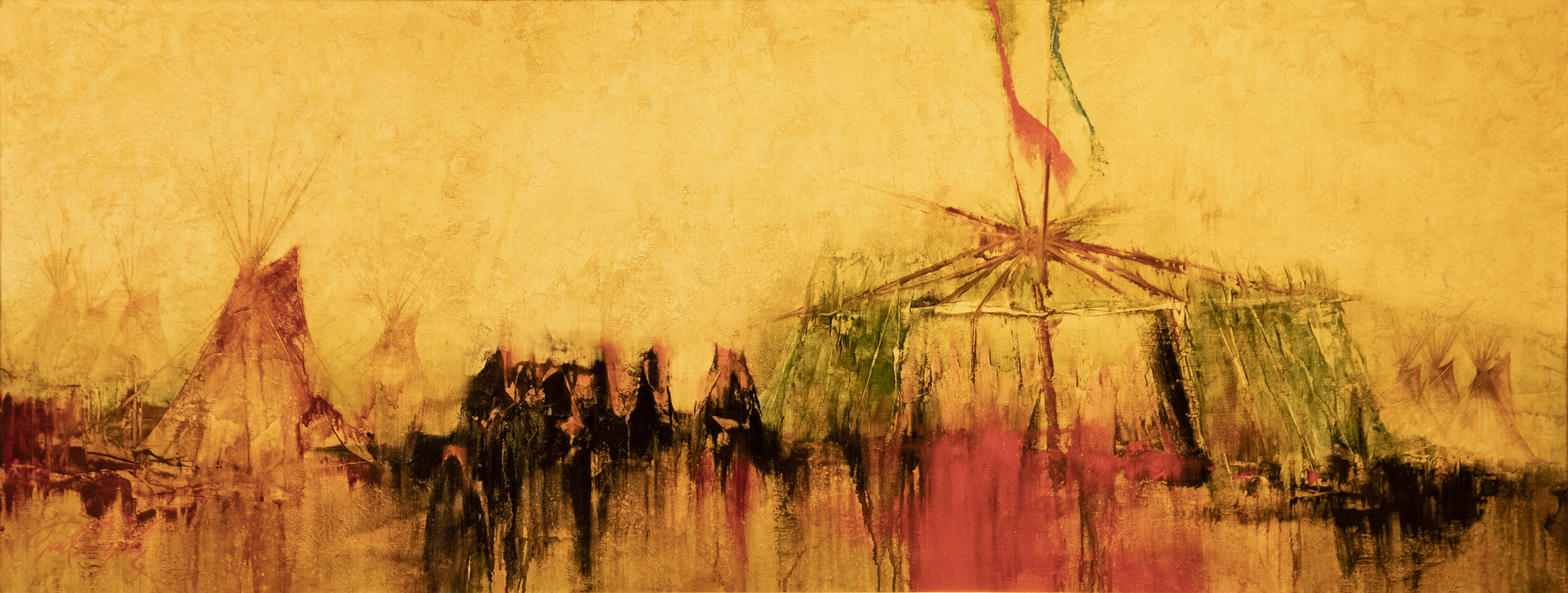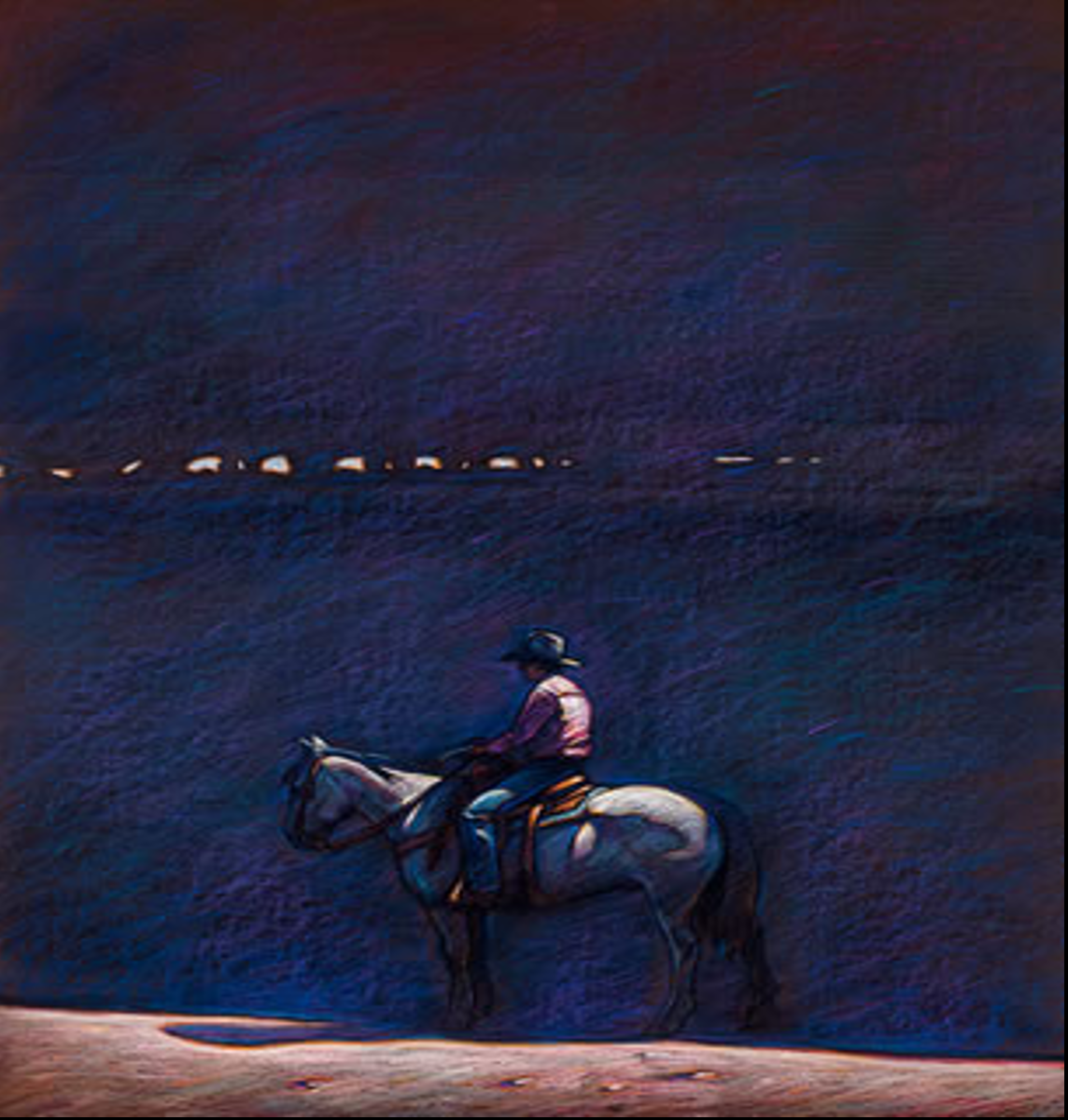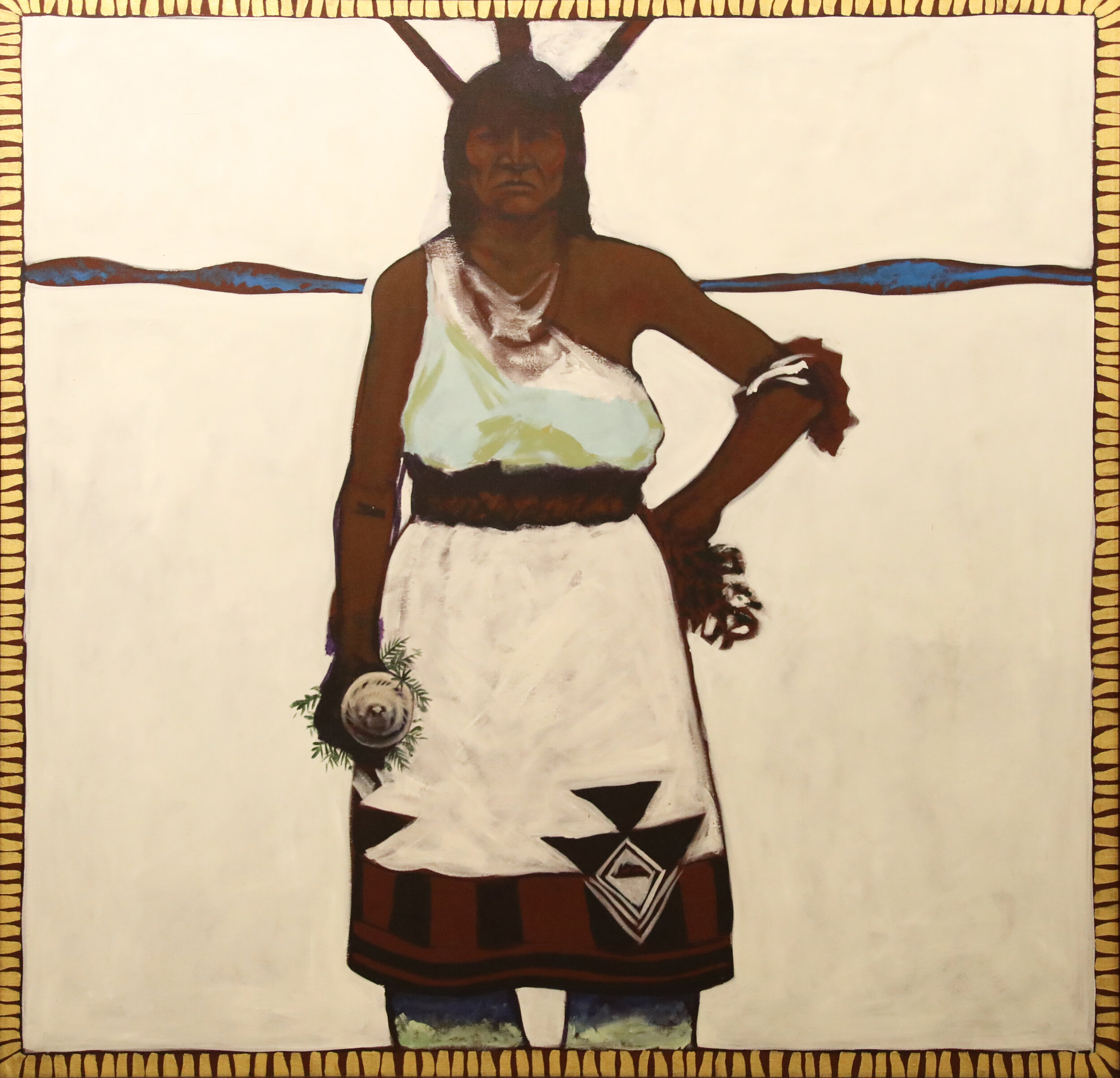
An exhibition highlights the unique collection of a shrewd businesswoman and major player in the Southwestern art scene.
Written by Karine Monié
On exhibit at the Booth Western Art Museum in Cartersville, Georgia, until April 25 (and scheduled to show at the New Mexico Museum of Art in Santa Fe later in the spring), “Southwest Rising: Contemporary Art and the Legacy of Elaine Horwitch” pays tribute to an art dealer who launched the careers of hundreds of artists from the Southwest from the early 1970s to the early 1990s with her galleries in Arizona (Scottsdale and Sedona), New Mexico (Santa Fe), and California (Palm Springs).
“The idea of the show started with the book on the same topic,” says Julie Sasse, a curator at the Tucson Museum of Art for nearly two decades who worked for Elaine Horwitch Galleries from 1980 until 1995. “I think the biggest challenge to organize both the book and the exhibition was how to include as many artists and artworks as possible—I just didn’t want to leave anyone out.” Her solution was to try and include the artists and gallerists she had the most experience with.

“I wanted people to know that the 1960s, 1970s, and 1980s were a great time of change in Arizona and New Mexico in terms of the art being made and the artists who came to the Southwest”
— Julie Sasse, curator at Tucson Museum of Art

Very little has been written, told and exhibited about this era and the work produced during these decades, which has been called “new Western art” or “Southwest pop.” “I wanted people to know that the 1960s, 1970s, and 1980s were a great time of change in Arizona and New Mexico in terms of the art being made and the artists who came to the Southwest,” Sasse explains. “They were individualistic and would rather live in the Southwest than the big cities of New York, Chicago and Los Angeles, even if it meant losing a chance at fame and fortune.” Tom Palmore, Lynn Taber, Billy Schenck, John Fincher, James Havard, Fritz Scholder, Anne Coe, Larry Rivers and Bob Wade are among this group.
“Elaine chose her artists very intuitively and if she really liked someone’s work, she offered them an exhibition right away to keep them motivated and supported. She found a lot of artists at first by going to graduate student exhibitions in Tucson, Tempe, and Albuquerque, [and] also internationally known artists [in] New York, Chicago, Los Angeles and Dallas, through galleries, auctions and art fairs. Of course, the more popular she got, the more they came to her,” Sasse remembers. “The common thread between all the artworks she carried was that they were generally well crafted, colorful and bold. She preferred loud statements to subtle ones—I think it was in some ways a reflection of her personality. She liked upbeat approaches to the world.”
“The common thread between all the artworks she carried was that they were generally well crafted, colorful and bold. She preferred loud statements to subtle ones—I think it was in some ways a reflection of her personality. She liked upbeat approaches to the world.”



